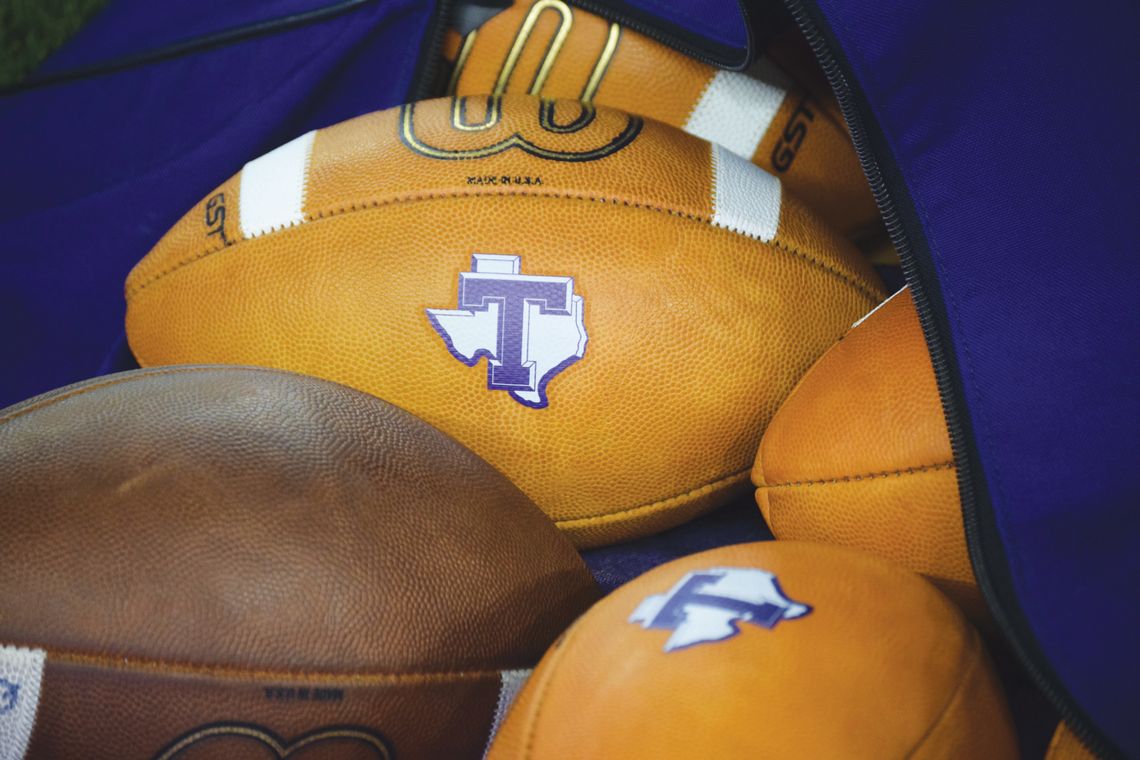BY ASHTYN HANSARD / Executive Producer
Football is a popular sport in colleges and schools everywhere. However, if you don’t pay close attention, you may not fully understand all the roles and rules of the beloved sport. Here is a simple guide to understanding football.
For the most part, football can be vaguely understood by the general audience. Each game has two teams, both playing to win. The teams will switch off being offensive and defensive and try to score a touchdown at their end of the field. Offense is the team that has the ball in their possession, and defense is the team trying to get the ball from them and stop them from scoring. But what else is there to know?
I asked some students on campus what part of football confuses them the most. “I’m confused about how they line up and then run towards each other at the kickoff,” said Lindsey Hughes, a sophomore at Tarleton State University.
The way the players position themselves depends on what their plan of action is. If they’re on offense, then they form a line of players in front of the quarterback to protect him. If they’re on defense, then the defensive linemen will line up to try and get to the opposing team’s quarterback. Many of the positions have their own goals to help progress the play down the field.
Another student, Brooklyn McKinney, was more confused about the players.
“I just want to understand what each player does and how it’s important to the game,” McKinney said.
During a football game, each team has 11 players out on the field. The most important players are the quarterback, the running back, the receiver and the linemen. These players are vital for the offense. These roles help put the plays into effect and move the team down the field when on offense.
The linemen are also extremely important when it comes to defense, as they are the main players to attack the other team. Their main focus is to tackle their offense and to make their way to the opposite team’s quarterback.
As the game progresses, there are different ways the players can make a move that changes the game. One of these moves is called an interception.
Let’s say a player from Team A throws the ball but a player from Team B jumps in and catches it. This will make the ball go from being in Team A’s possession to being in Team B’s possession. This would then make Team B go from playing defense to playing offense and vice versa for Team A.
Coaches of the team are also given three time-outs per half, six in total. These time-outs can be used to re-discuss their strategies, avoid penalties and manage the time they have left in the half. Although it’s not a rule, coaches often use their remaining time-outs towards the end of the half to save as much time as they can to help bring in a touchdown.
Even with this guide as some simpler explanations of how the game works, football can still be pretty confusing. I spoke with senior sports communications major Jaxon Hansard and asked him to explain football as simply as possible in a sentence or two.
“Football is a violent game of tug and war where momentum and strategy are important to gain leverage and yardage on the field to try and outscore the opposing team,” Hansard said. “Everyone must play their part to be successful.”
After reading this guide, hopefully you’ll be able to understand a little more about football then you did before. Also, if you want to support Tarleton’s football team, be sure to buy your tickets and go watch our Tarleton Texans play their hearts out.
.png)

Comment
Comments